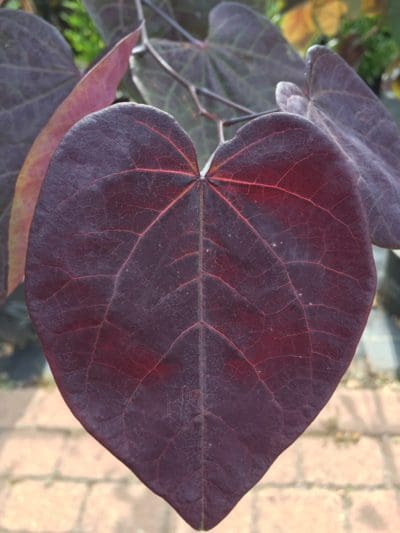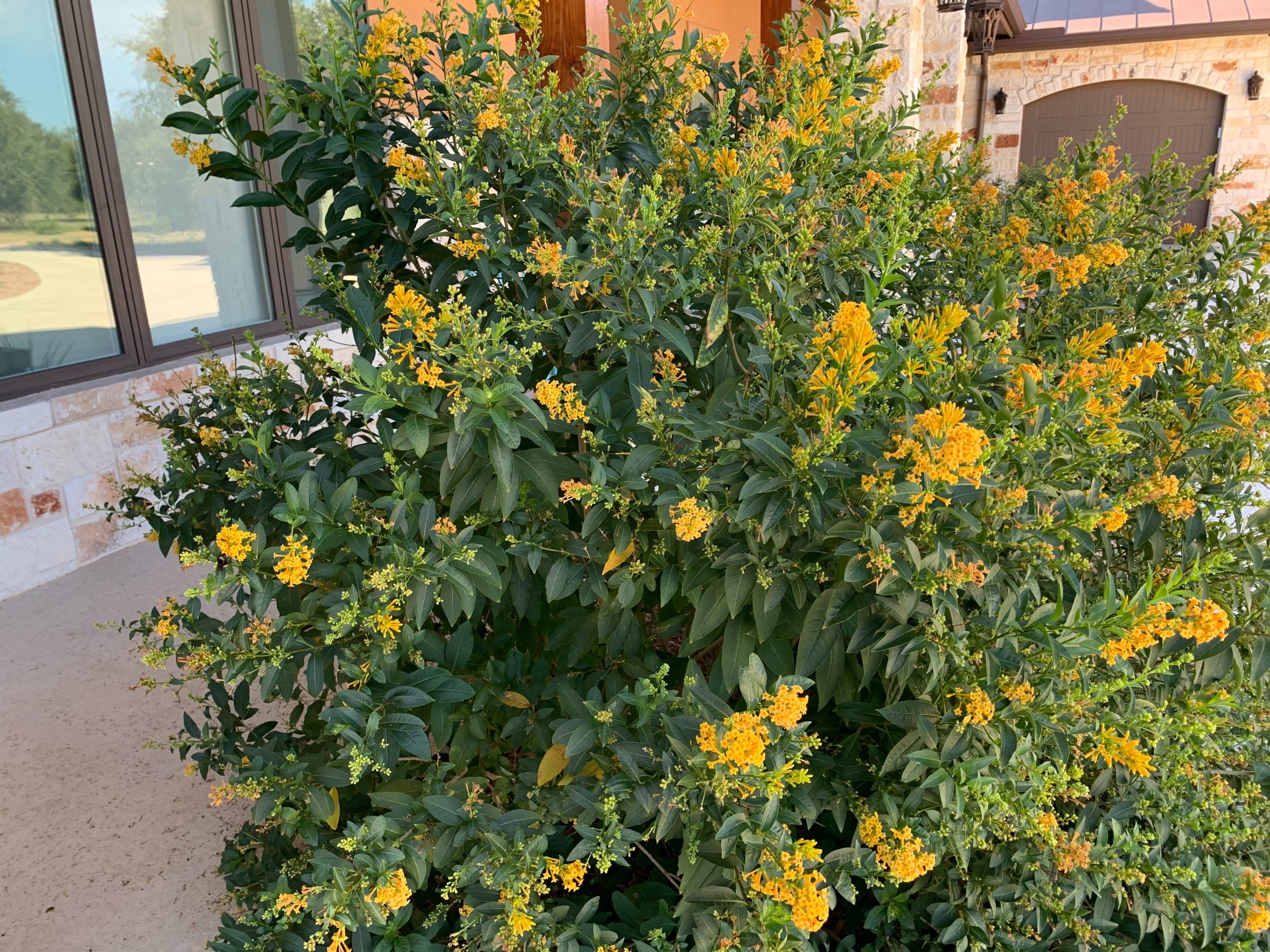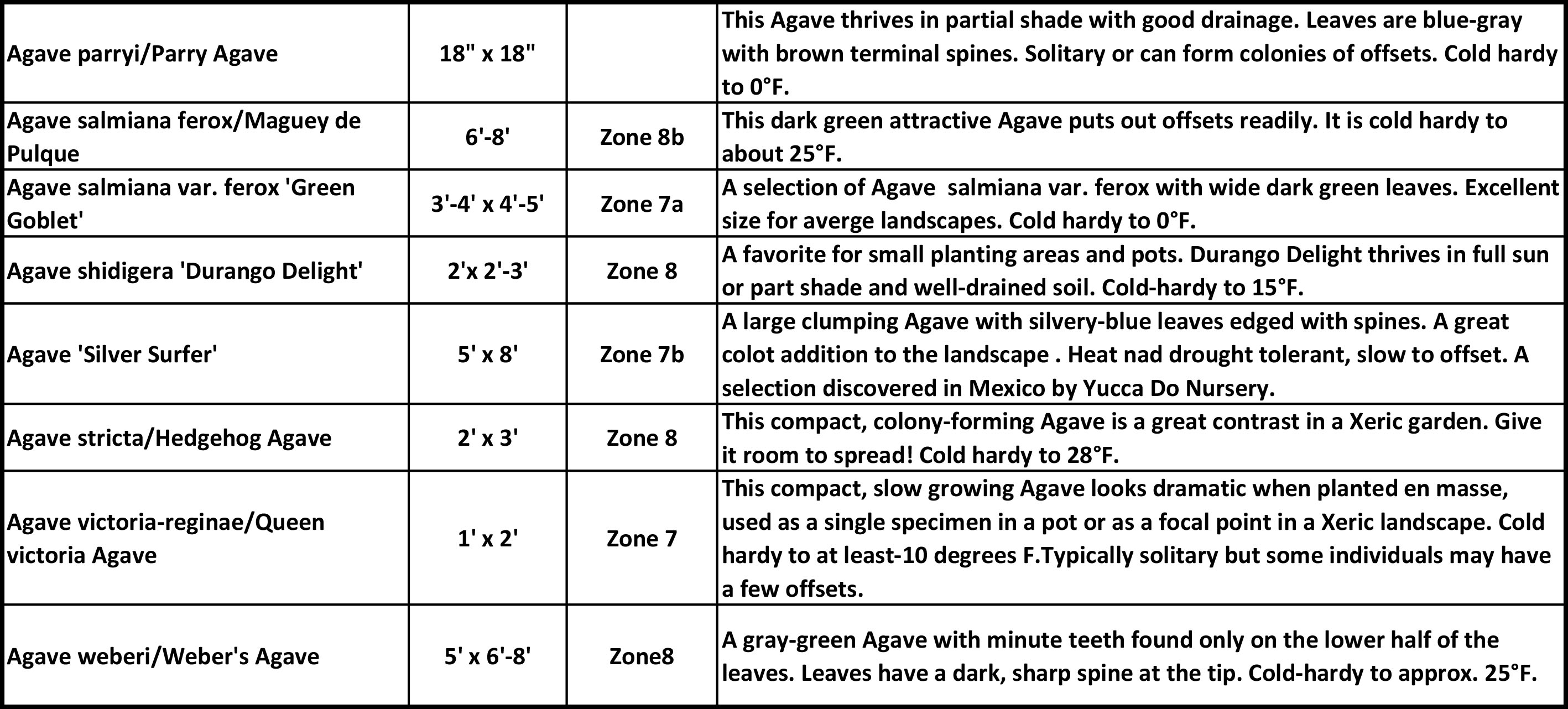
Water only when necessary, and water in the morning. Avoid practices that force out lots of new growth.

If they were planted too closely in order to fill in fast, eventually you should be able to remove every other plant to help improve air circulation. Space the plants adequately to ensure good air circulation. Most important, DO NOT WATER AT NIGHT! The longer the water is on the leaves, the longer the spores have to germinate and infect the plant. If your lawn sprinklers are hitting the plants, try to adjust the heads so they wet the leaves as little as possible. The infected leaves have inoculum from the fungus on them, and removing them removes potential reinfection.Īlthough we cannot control the rain, we can control irrigation. The next step is the most important- clean up, clean up, clean up! Rake up all the leaves on the ground and haul them off with any branches you may have trimmed. Next, shake the limbs and try to knock off any old, infected leaves. If your plants are already infected, begin by doing any pruning that might need to be done. Light infections may only cause “cosmetic” damage, but severe infections can cause premature leaf loss.įortunately, there are some things that you can do to minimize infection in the future. Spots may also be found on the petioles and stem of infected plants. Leaf spots on mature leaves may be brown to gray in the center with a distinct purple border around the edge. The disease starts as tiny, round, bright red spots on the tops and bottoms of leaves of infected plants.

We frequently see severe damage after periods of frequent rainfall, although overhead watering for lawns that hits the shrubs is also a factor. Other plants in the rose family that may be infected include loquat, flowering quince, pyracantha and pear. This spotting is caused by a fungus, Entomosporium, and can cause damage to Photinia and Indian Hawthorn. The beneficial microorganisms are proven microbial soil disease fighters! MicroLife Organic Biological Fertilizer provides incredible turf nutrition and improves your soil as well! Apply at the rate of 20#/1000 sq.ft.If you have Red Tip Photinia in your yard, you are most likely familiar with the red-purple photinia leaf spots that can appear on the leaves. Fill-in any low spots in the lawn, where water may puddle and encourage disease.Īpply MicroLife Organic Biological Fertilizer in both spring and fall to areas that have been affected before, or to the entire lawn as a preventative.
#Backbone nursery Patch
Since Brown Patch fungus spores germinate in the presence of moisture, change the irrigation in spring and fall to run in the morning, right before the sun comes up, so the leaves will dry quickly. Treating with biologicals or chemicals will hasten the recovery process.

Once conditions are no longer conducive to its development, it will die out and the grass will return.

Weeds will tend to grow in the dead areas, and if not treated, the patches will be slow to green up in the spring.īrown Patch is a “self-limiting” disease. The circular patches in the lawn become brown, then begin to green up in the middle as the grass recovers, forming a donut shape. The leaves pull off the runners easily, as if rotted. Over-watered and over-fertilized lawns are more susceptible to the fungus.īrown Patch is diagnosed by the presence of brown leaves on green runners. Augustine is most often infected, but Bermuda and Zoysia will become infected under the right conditions. If you have had brown patch in your lawn in the past, it is probable that you will see it again once the conditions are right for its development. Because it needs cool, moist conditions, we do not see brown patch fungus in the summer. Brown Patch is a fungus that shows up in our lawns in the spring and fall, when temperatures begin to cool.


 0 kommentar(er)
0 kommentar(er)
